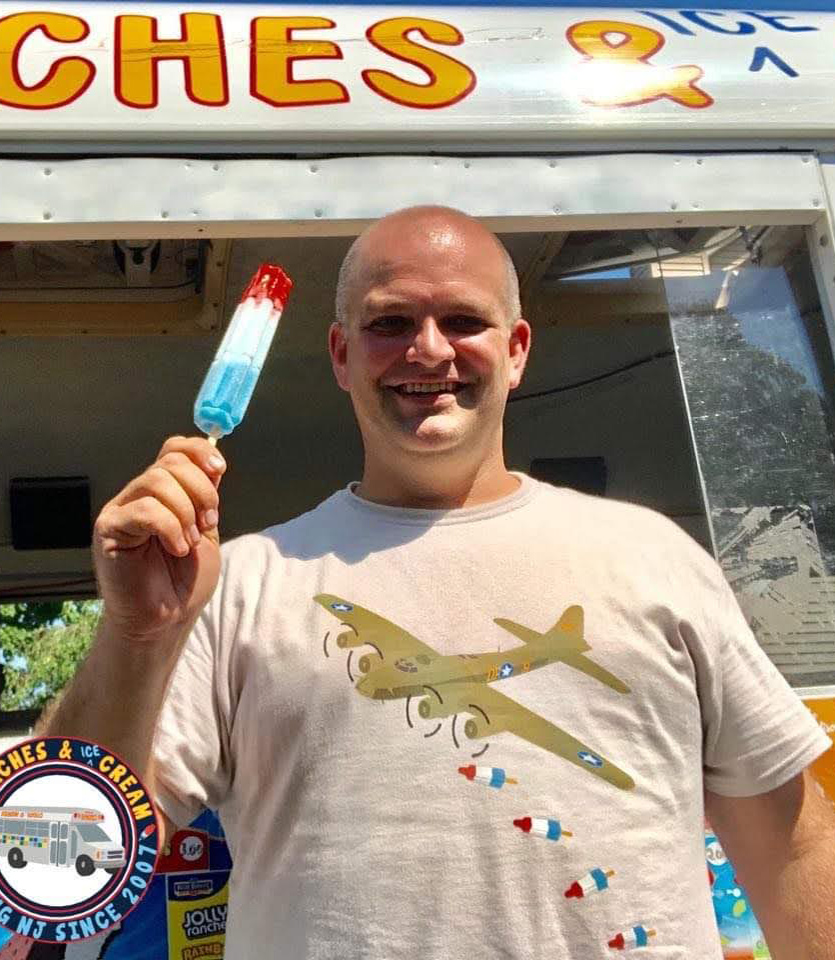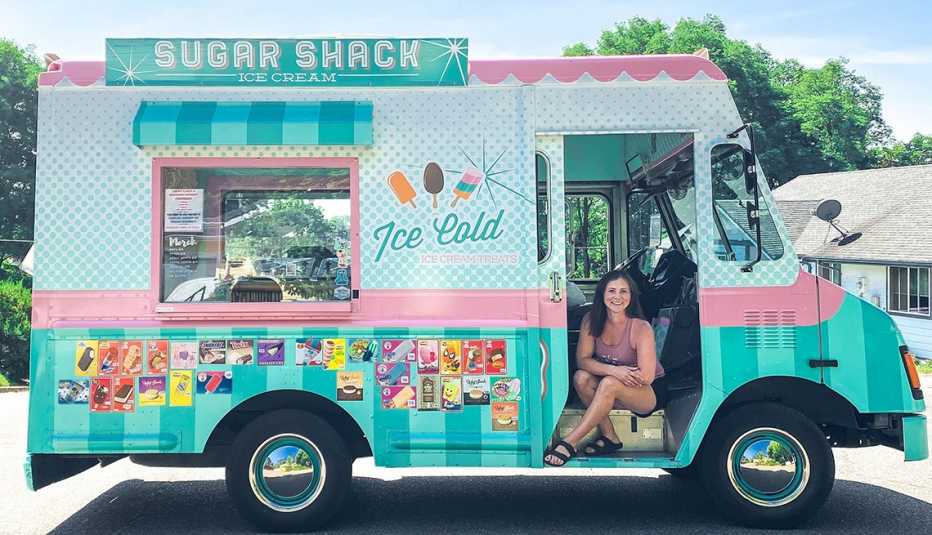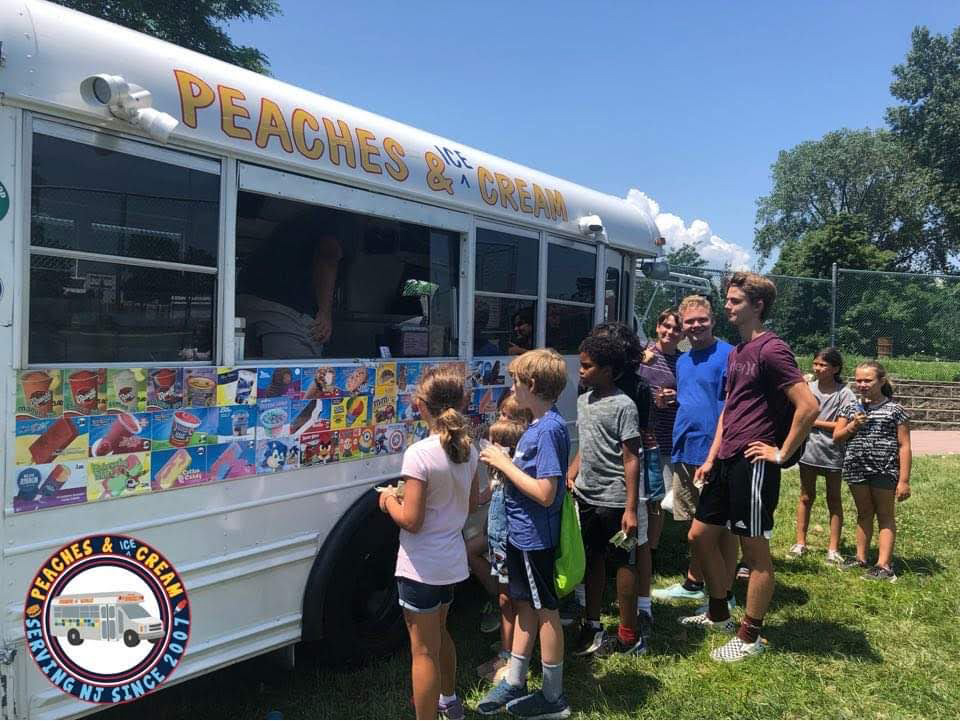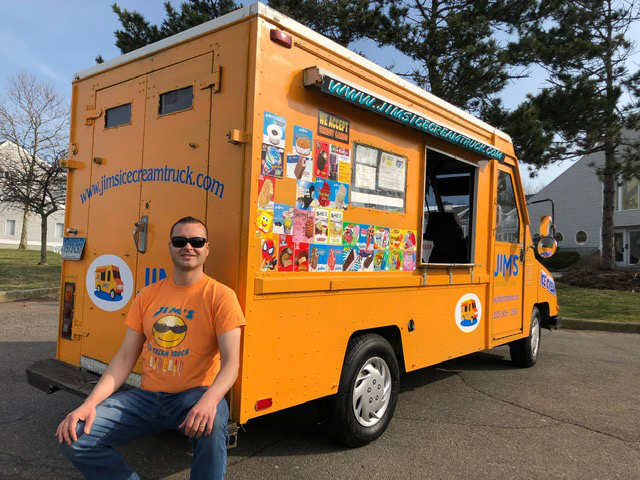Staying Fit
Bill Pietsch's summer job has been a real scream — from the stress of running a food truck during a pandemic to the joys of seeing faces light up when his ice cream truck rolls through a neighborhood.
During the school year, Pietsch is a high school special ed English teacher and a football coach in Wall Township, New Jersey. For extra cash in the summer, he runs Peaches & Cream Ice Cream Truck on the Jersey Shore.


AARP Membership— $12 for your first year when you sign up for Automatic Renewal
Get instant access to members-only products and hundreds of discounts, a free second membership, and a subscription to AARP the Magazine.
Since COVID-19 has been keeping people isolated and working at home lately, he's been making door-to-door deliveries for those who crave human interactions as much as the sweet treats.


"We're all stuck at home, right?” he says. “And I'd show up, and you'd see the smiles of a lifetime. The kids are responding well. And then when the kids are smiling, mom and dad are smiling. And they're taking pictures and stuff like that. And they're leaving me artwork: ‘Thank you, Mr. Pietsch.’ Drawing a picture of an ice cream cone, or a truck, you know what I mean? That meant the world."
Across the country, other ice cream truck drivers are sharing similar experiences. And so are their customers, young and old.
'The nostalgic feeling of it'


In Blaine, Washington, ice cream truck driver Jasmine Johnson started running her Sugar Shack Ice Cream business 16 years ago because, after a move, her daughter wanted to go back to their old town simply because it had an ice cream truck.
"And I thought, ‘Why didn't I grow up with this?’ I wanted kids to have this memory,” Johnson says. She bought an ice cream truck on eBay and hasn't looked back.
"The other day, this older man, maybe in his late 70s, came out and told me that he drove an ice cream truck on the East Coast to put himself through college,” she says. “And he just couldn't believe that there are still ice cream trucks around. He wanted to buy a treat because of just the nostalgic feeling of it."
Chasing the blues away
There's definitely something to looking to our past to find happiness, says David Berry, the Toronto author of On Nostalgia, a new book that explores the pull of the past.
"During the course of my research, I found that nostalgia — one of its main purposes is essentially to make us feel better,” Berry says. “And in particular, to make us feel better not just when we're feeling bad but when we're feeling maybe a bit lost about who we are."
In the case of finding peace in the ding of ice cream bells in the middle of a pandemic, Berry says maybe we're just longing for a time when we didn't have so many worries.


































































